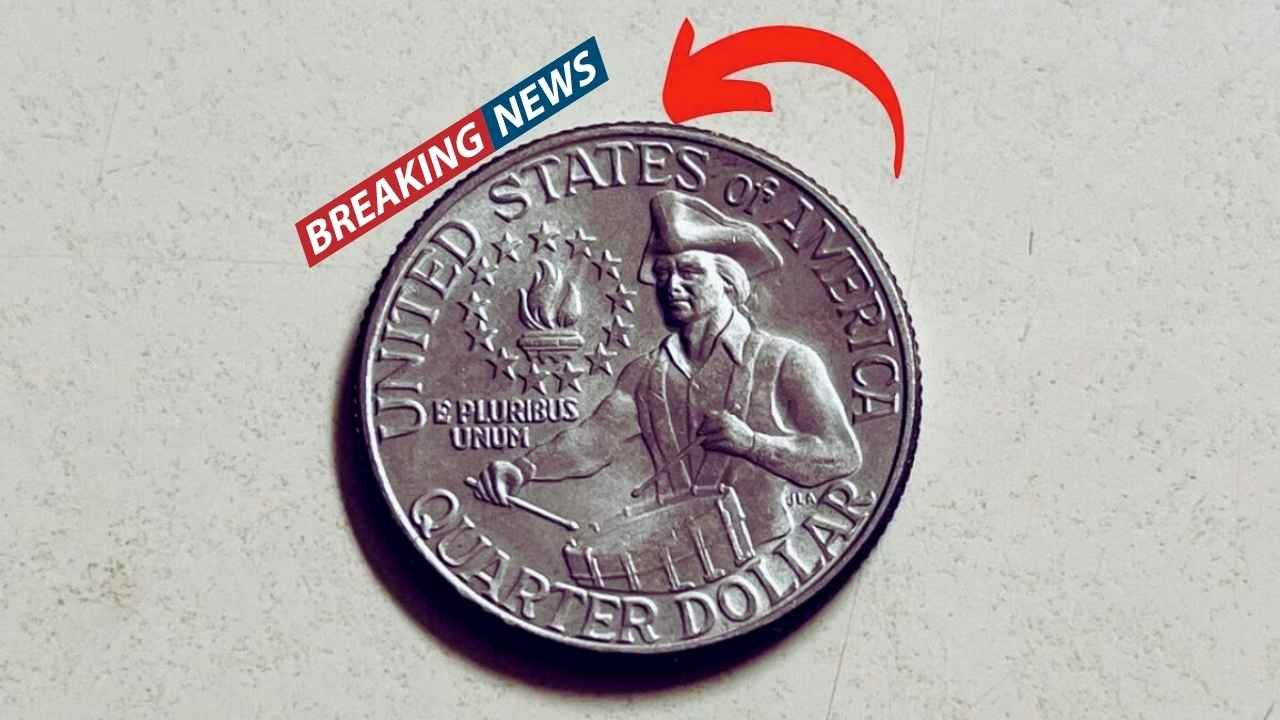A Hidden Fortune Awaits
The 1976 Bicentennial Quarter, minted to celebrate America’s 200th anniversary, has sparked a frenzy among collectors due to claims of a rare variant valued at $11 million, potentially still in circulation. While most of these quarters are worth just 25 cents, specific error coins or those struck in unique materials have driven extraordinary valuations, with some reports suggesting a single coin fetched this jaw-dropping sum at auction. Posts on X and numismatic circles highlight the excitement, urging people to inspect their change for this elusive treasure, which could be hiding in wallets or coin jars across the U.S.
The Bicentennial Quarter’s Legacy
Produced in 1975 and 1976, the Bicentennial Quarter features George Washington on the obverse and a colonial drummer boy with a torch and 13 stars on the reverse, symbolizing the original colonies. Over 1.6 billion were minted in Philadelphia (809 million) and Denver (860 million), with San Francisco producing 11 million 40% silver uncirculated and 4 million silver proof coins. Most are copper-nickel clad, but rare versions, like those with minting errors or struck on silver planchets meant for proof sets, are highly prized. The $11 million claim, reported by sources like ten11news.pro, often ties to a rumored silver error coin with a double die obverse, though no verified sale confirms this exact figure.
Spotting the Million-Dollar Quarter
To identify a potentially valuable Bicentennial Quarter, check these features:
- Minting Errors: Look for double die obverse (DDO) errors, where the date “1776-1976” or “LIBERTY” appears doubled. Use a magnifying glass for clarity.
- Silver Composition: Some were mistakenly struck on 40% or 90% silver planchets. Silver quarters lack the copper edge stripe of standard clad coins and weigh 6.25g (vs. 5.67g for copper-nickel).
- Mint Mark: An “S” (San Francisco) mark often indicates silver, especially in proof or uncirculated sets. Philadelphia (no mark) and Denver (“D”) coins are less likely to be silver.
- Condition: Pristine, uncirculated coins graded MS-67 or higher by PCGS or NGC command premium prices.
If you suspect a rare find, avoid cleaning it and seek professional grading from PCGS or NGC to confirm authenticity and value.
Market Reality vs. Hype
The $11 million valuation is likely exaggerated, as the highest verified Bicentennial Quarter sale is a 1976-S Silver Proof for $13,500 in 2019, per CoinValueChecker.com. Other notable sales include a 1976-D Clad DDO at $8,400 in 2023 and a double denomination error on a dime for $9,200 in 2020. Claims of multi-million-dollar quarters often stem from unverified sources or speculative articles, as noted in Reddit’s r/coins, where users debunk inflated figures like $60 million as “AI-generated garbage.” Still, error coins or silver variants can fetch thousands, with a 1976 No S Proof Quarter valued up to $40 million in rare cases.
Key Bicentennial Quarter Variants
| Key Variants | Estimated Value | Rarity |
|---|---|---|
| 1976 No S Proof (Silver) | Up to $40M | Extremely Rare |
| 1976-S Silver Proof | $10–$13,500 | Rare |
| 1976-D Clad DDO | $500–$8,400 | Moderately Rare |
| 1976 Double Denomination on Dime | $1K–$9,200 | Very Rare |
Join the Treasure Hunt
While an $11 million Bicentennial Quarter is likely a myth, coins worth thousands could still be in circulation. Check bank rolls, old collections, or loose change for silver edges, mint marks, or doubling errors. Resources like coinvaluechecker.com and Reddit’s r/coins offer tips, and apps like PCGS CoinFacts help verify finds. Handle coins by the edges to preserve value and consult grading services for suspected rarities. With the U.S. approaching its 250th anniversary in 2026, interest in Bicentennial coins is surging, making 2025 a prime year to hunt for these hidden gems.



